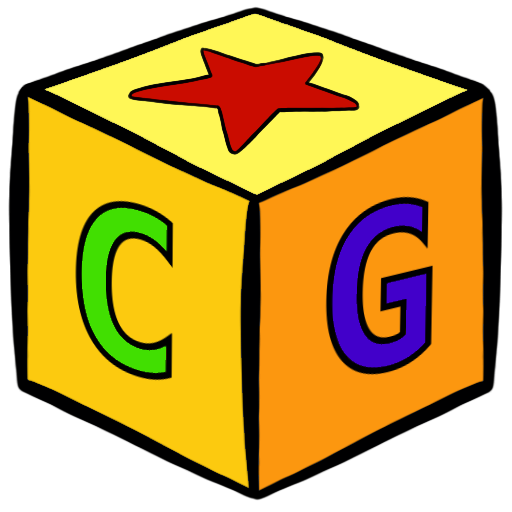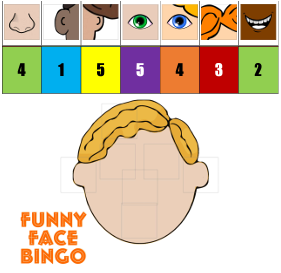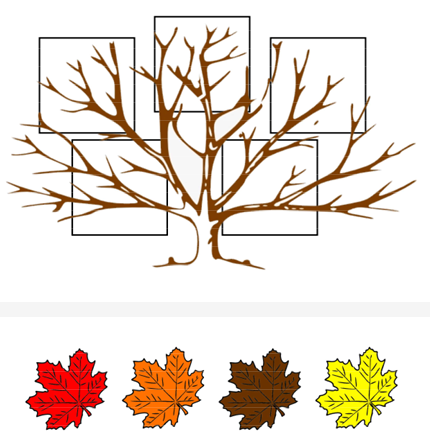I developed this game to learn and practise vocabulary related to the face. I usually have a range of activities to do for each subject. Such as a song, game, worksheet, craft, etc. so this game was develloped to fit in with my planning.
Setting up
There are face boards with diverse options, for different genders and skin colours. Print off the pdf file linked at the bottom and print out as many of the face boards as you need and laminate them. You need one per student.
You will also need to print off and cut out face part cards. There are the other 2 pages of the pdf and you will need to print them off back to back. The pages should line up on any printer. Laminate and cut all the squares out. Try not to leave any white around the face part squares. You can trim the white off.
You can use either a number dice (1-6) to practise numbers or a colour dice if you prefer to practise colours. You can pick these up online quite cheaply, or make your own spinner. The colours needed are red, blue, green, yellow, purple and orange.
How to play
- Give each student a face board.
- Place the face part cards, number side up, on the table in the middle and spread them out evenly over the table.
- Students take it in turns to throw the dice and depending which type of dice you are using, choose a card which has either the same number, or colour as the dice show.
- The student needs to complete their face. There are face parts for each individual face. You can either allow students to complete a mixed up face with a variety of parts, or if you want to make the game more difficult or last longer, you can ask them to complete a correct face. If they don’t pick up a piece they need, you can allow them to swap it for one they have already. I always give little ones this choice, as makes them feel like they have done something, rather than lose a turn.
As their face fills up, it will get harder to find the parts they need to complete it, so it can last anything from 20-35 minutes depending on the size of group and their luck! Therefore, it’s a good way to practice colours and numbers along with face vocabulary to fit in with your curriculum and planning.
I hope you enjoy it!
Here’s the download link for the PDF :Â http://classroomgames.net/materials/funny-face-bingo.pdf



